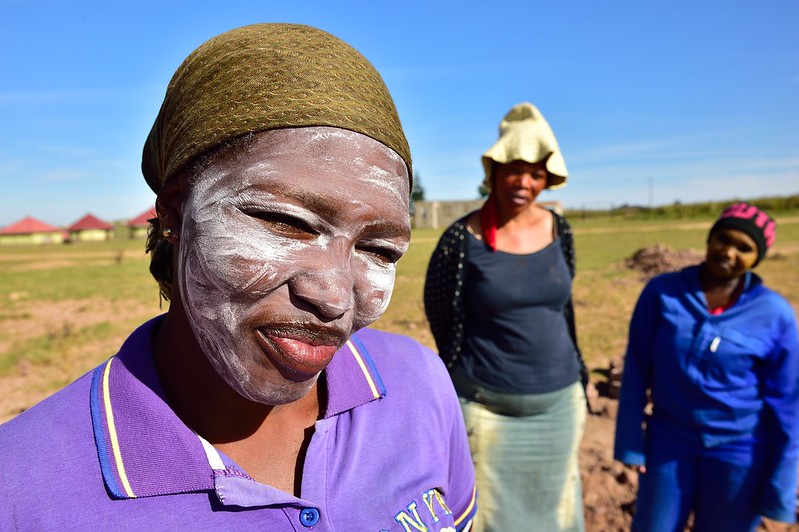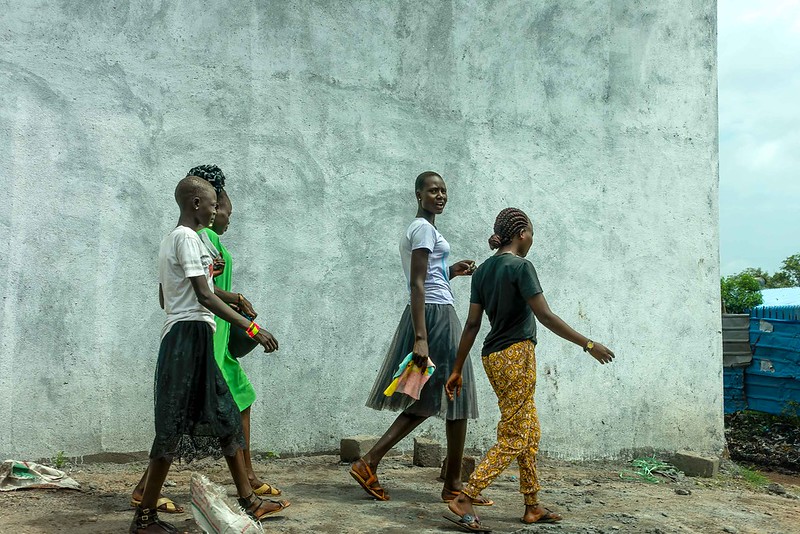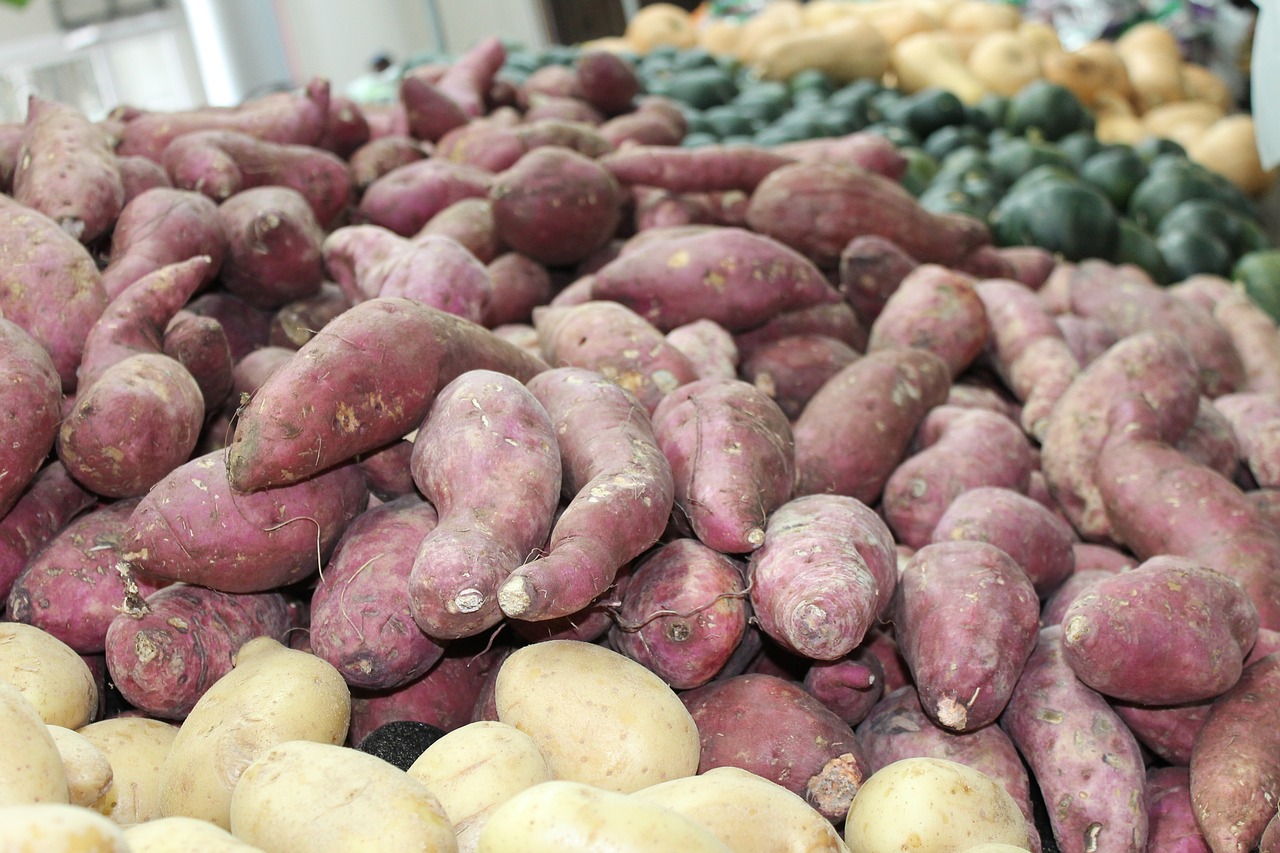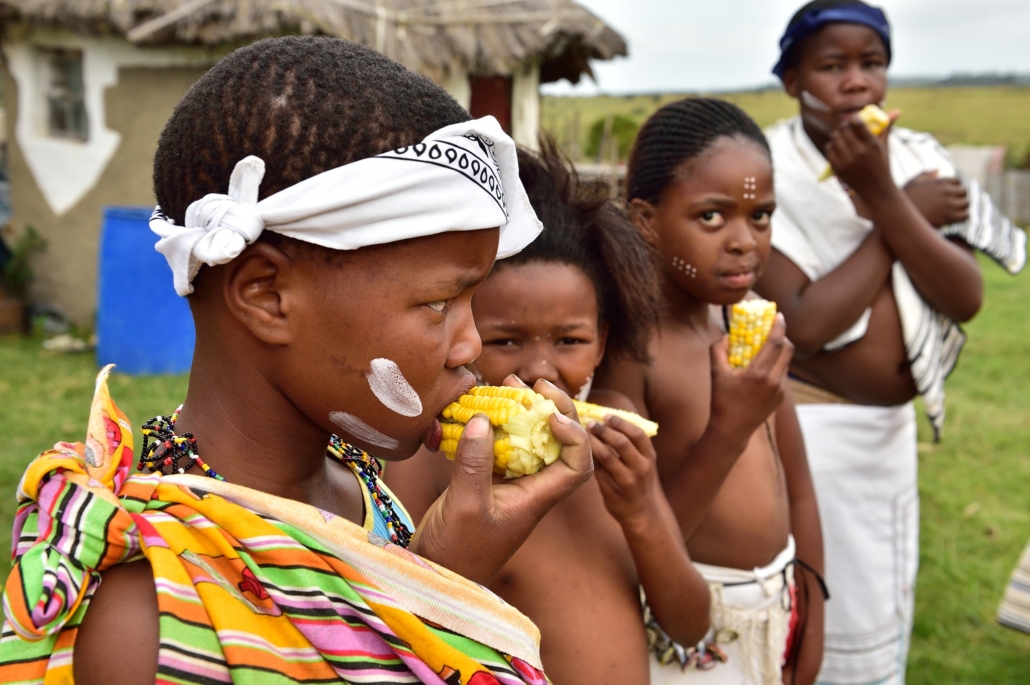 Foreign aid to South Africa has been crucial in sustaining its people for over two decades. South Africa is a country that faces a multitude of issues that hinder its way of life. Disease, government corruption and lack of infrastructure are but some problems that the people of South Africa face. The country has an unemployment rate of 32.1%, one of the highest nations with AIDS at 13.9% of the population, and more than 20 million facing food poverty or hunger daily. The requirement for foreign aid is vital in ensuring the people receive the aid that they desperately need whether it be medical aid or food aid.
Foreign aid to South Africa has been crucial in sustaining its people for over two decades. South Africa is a country that faces a multitude of issues that hinder its way of life. Disease, government corruption and lack of infrastructure are but some problems that the people of South Africa face. The country has an unemployment rate of 32.1%, one of the highest nations with AIDS at 13.9% of the population, and more than 20 million facing food poverty or hunger daily. The requirement for foreign aid is vital in ensuring the people receive the aid that they desperately need whether it be medical aid or food aid.
Countries like the United States, the United Kingdom and European Union are core donors in helping South Africa tackle their problems. Below are some examples of foreign aid programs.
Foreign Aid From the US
Out of all the countries involved in foreign aid, the U.S. has been the largest donor of foreign aid to South Africa, giving more than $527 million in ODA. The United States has been a large donor for combating diseases in South Africa through its USAID programs, such as PEPFAR. PEPFAR has actively tackled the HIV/AIDS epidemic in the country, saving an estimated 7.7 million lives in South Africa and giving 5.9 million access to antiretroviral treatment. The U.S. has further approved more than $450 million into PEPFAR for South Africa and has seen more than $8 billion invested over two decades.
Additionally, ANOVA APACE, a USAID funding program that addresses health epidemics in South Africa, has received more than $36.5 million. While it works to address HIV/AIDS, it also works to combat tuberculosis outbreaks in South Africa as South Africa is one of the top eight countries still affected by the disease. In ANOVA’s first year, it treated 62% of people living with HIV and 54% were virally suppressed. As more than 13% of the population live with HIV/AIDS, this has been the cornerstone to tackling the epidemic.
Foreign Aid From the UK
The United Kingdom has been one of the largest donors of foreign aid to South Africa. It has provided £19 million ODA to South Africa, which goes towards vital infrastructure projects and job creation. Most notable is the Energy Transition Support program that is moving South Africa from fossil fuel energy to more renewable sources, with the aim of stimulating the economy and energy facilities. The U.K. has pledged £2.4 million to finance the sectors involved.
Additionally, the U.K. massively funds democratic initiatives. In the 2023 election period, the U.K. gave funding to ensure that South Africa held a democratic and fair election. The programs ensured that South Africa’s pre- and post-election voting and results were fair, as well as improved the political research going into the candidates and government statistics.
Foreign Aid From the EU
The European Union has established multiple programs in South Africa across a plethora of areas. The IIPSA has been crucial in building & creating new infrastructure to harbor economic growth. From building roads, schools or other institutions, the organization has grown both the job market and the livelihoods of everyday people. EU initiatives have created more than 1 million jobs since 2020 and a massive 62% are women employees.
Erasmus+ has helped improve the education system for South African universities. It allows foreign students from Europe to go and learn in South Africa, and vice versa, improving not only the flexibility of student exchange programs, but builds on improving higher education.
Moreover, the EU has helped South Africa in SME fundings. These investments reported more than 2,000 jobs created for South Africans, in much needed departments such as ICT, green economy and agriculture. More than 160,000 SMEs have benefitted from these foreign aid improvements.
Outcomes
The goals of these initiatives was to help improve the lives of South Africans and it has been a resounding success. Foreign aid to South Africa from these key donors has helped stimulate its economy, healthcare system and governmental programs and institutions.
Foreign aid has helped with job creation, improved job markets, better wages, less death from disease and economic improvement. These are the areas most affected by foreign aid to South Africa, and the continuing support from the U.K. and E.U. will only benefit the country further.
However, with the cutting of current USAID funding packages, South Africa will have to look elsewhere for massive chunks of its funding. As the U.S. propped up the majority of the health industry in South Africa, foreign aid must come from more international organizations to fulfil its needs, but there currently are no solutions to confront the current situation.
Furthermore, the foreign aid sent to South Africa does not always target poverty, and more funding and new strategies will be needed to more directly impact those facing poverty in South Africa. While there has been noticeable improvements to societal struggle, foreign aid to South Africa has not impacted the 40% that still live below the poverty line.
– Joel Raymer
Joel is based in Derby, UK and focuses on Business and Politics for The Borgen Project.
Photo: Flickr


 Although there has been a rise in literacy rates over the past fifty years, UNESCO data shows that there are
Although there has been a rise in literacy rates over the past fifty years, UNESCO data shows that there are  In 2023, more than half of South Africa’s population
In 2023, more than half of South Africa’s population 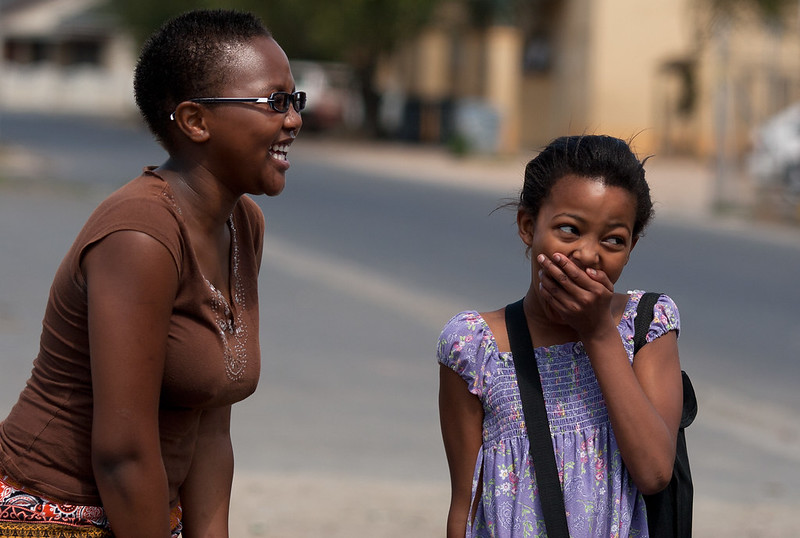
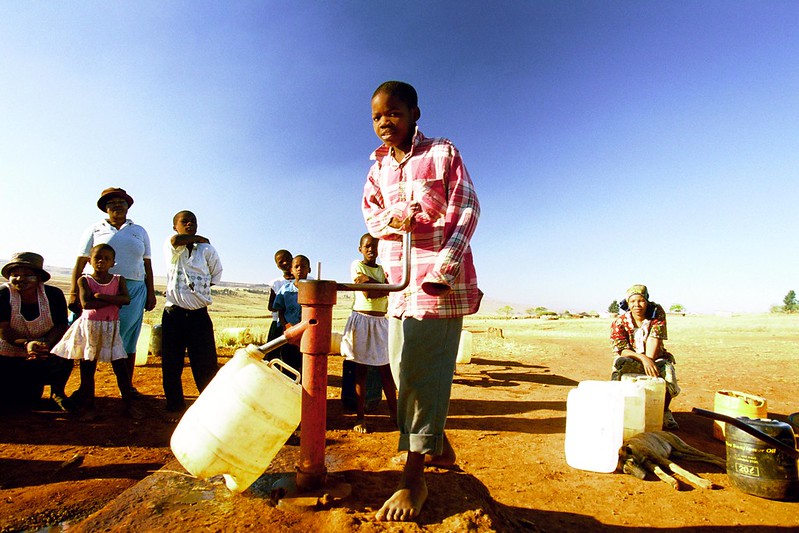 South Africa’s central
South Africa’s central 